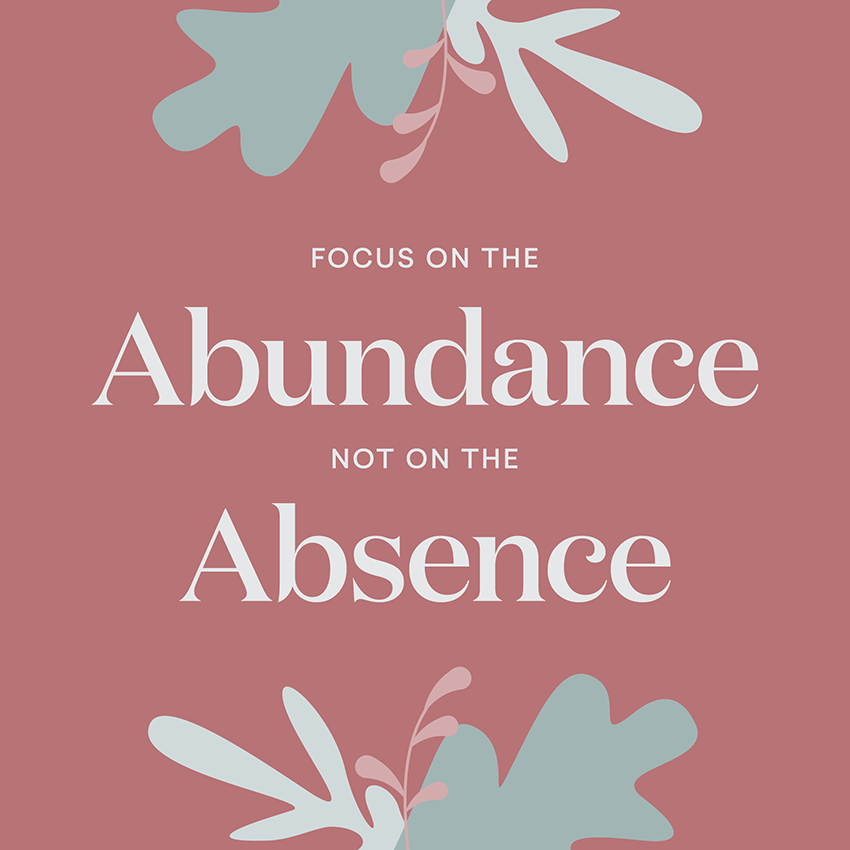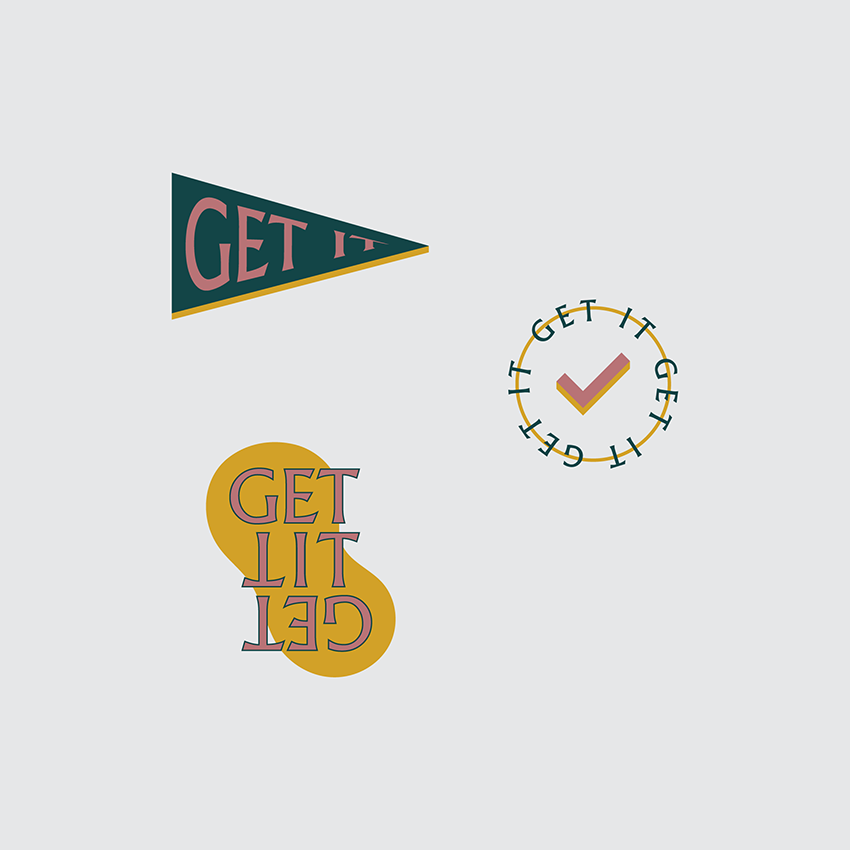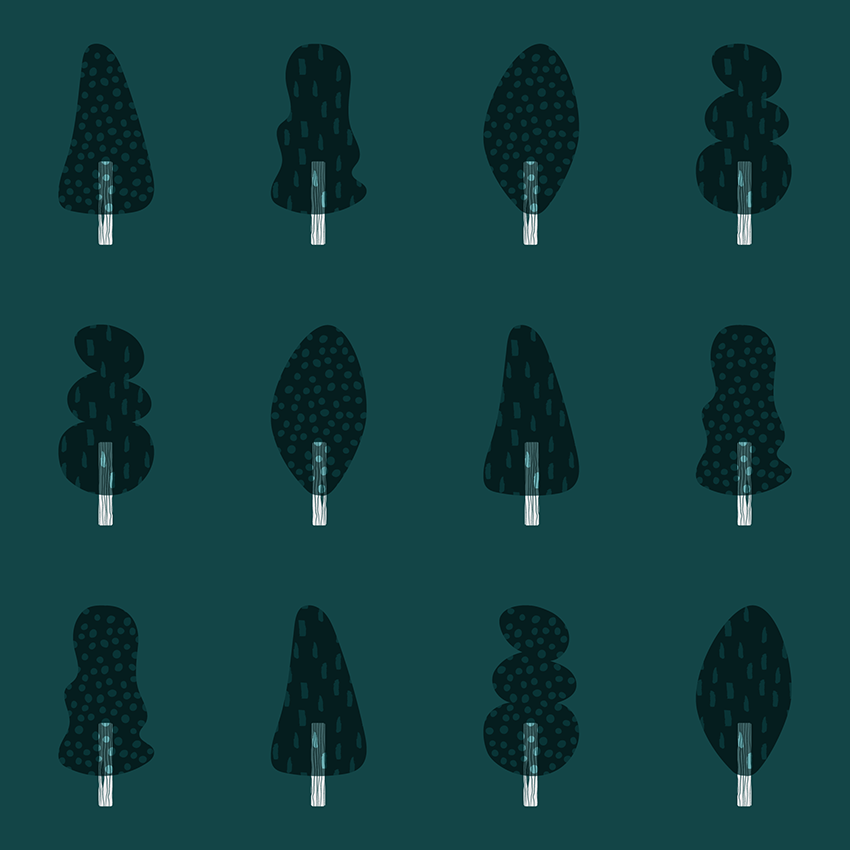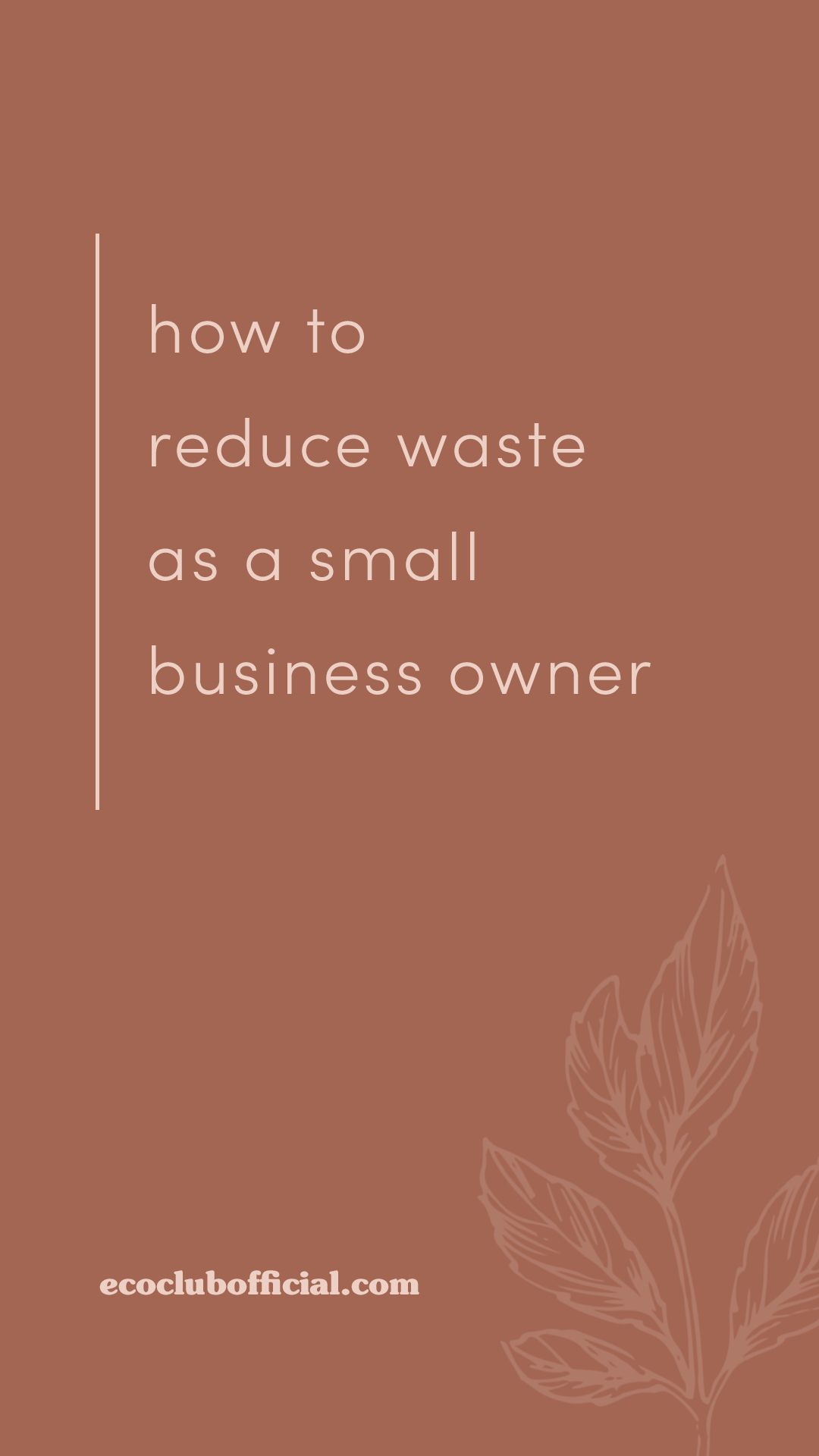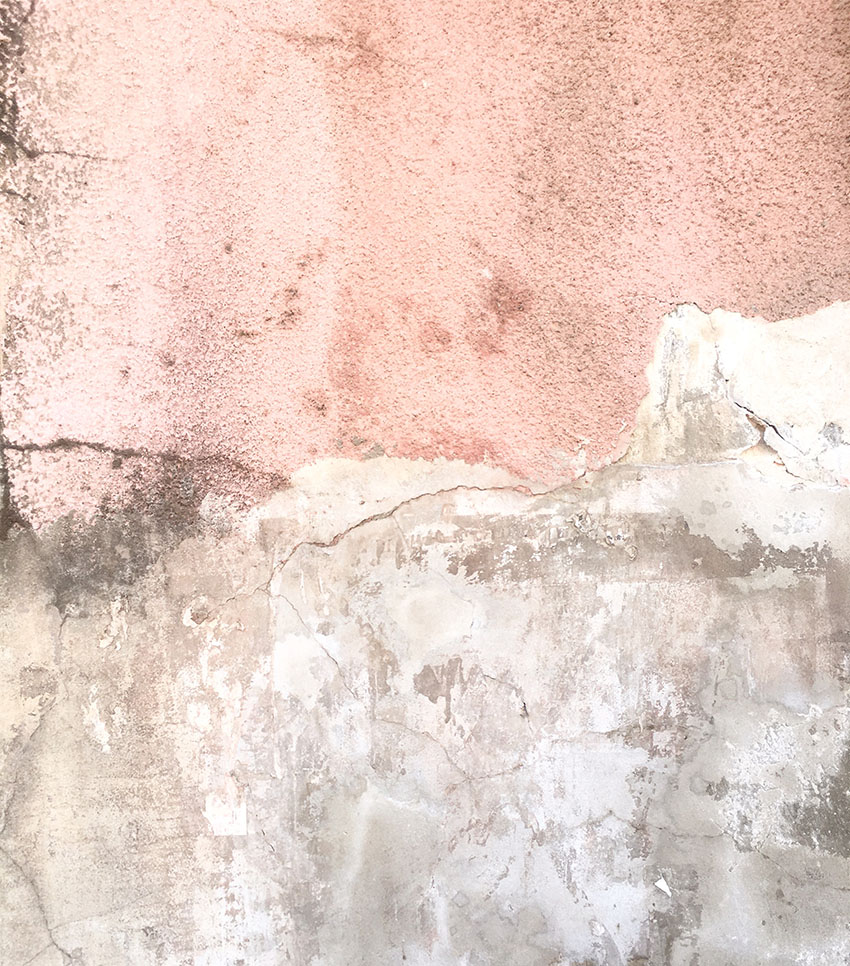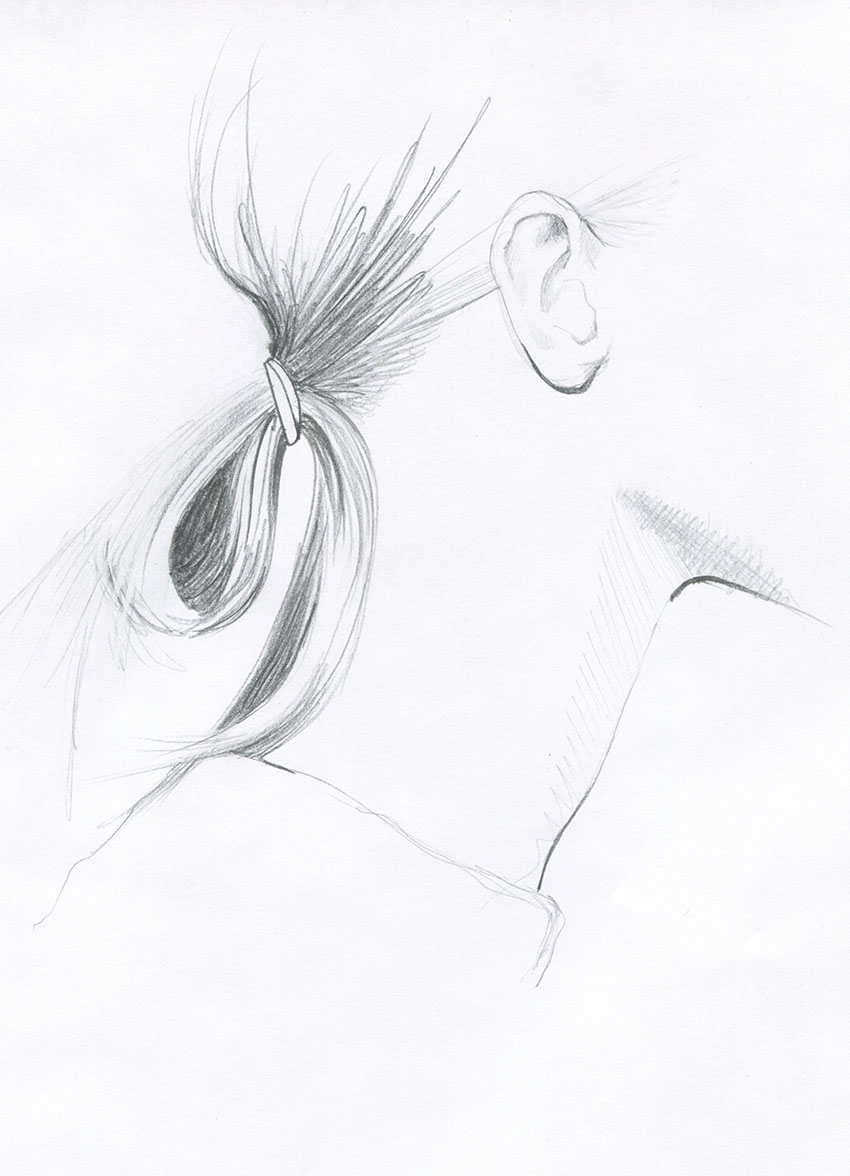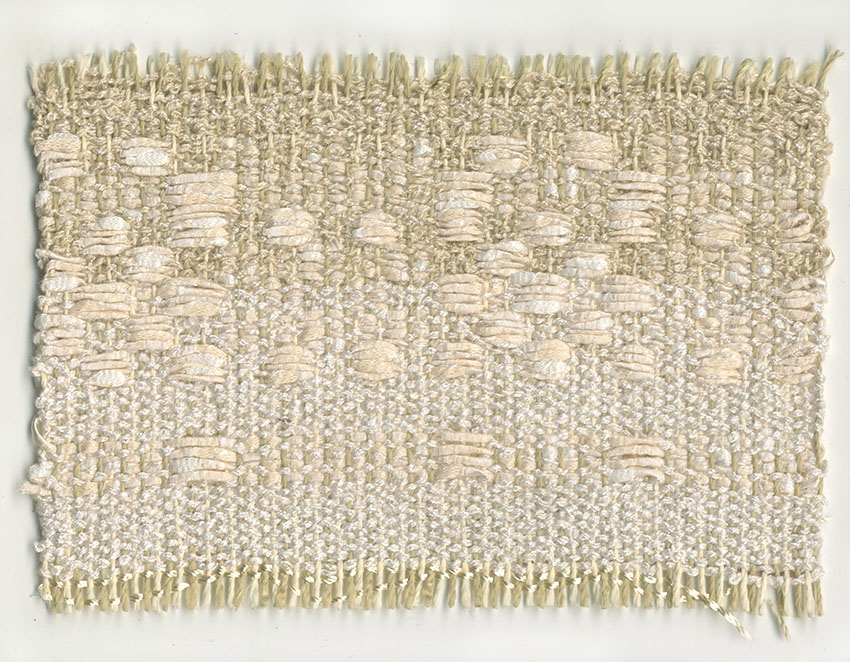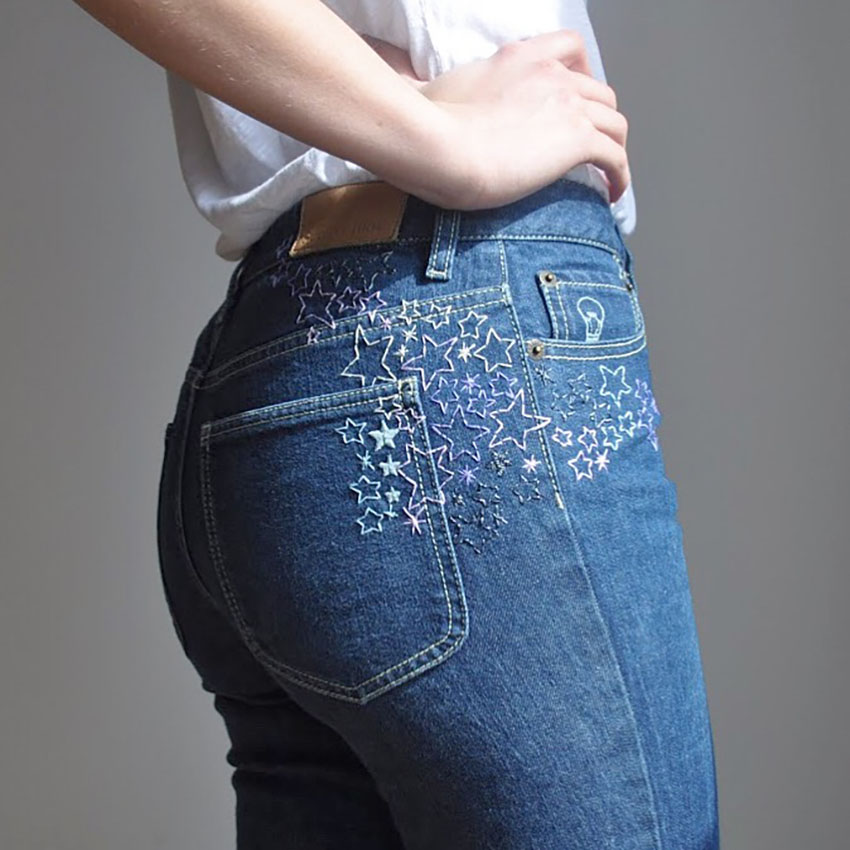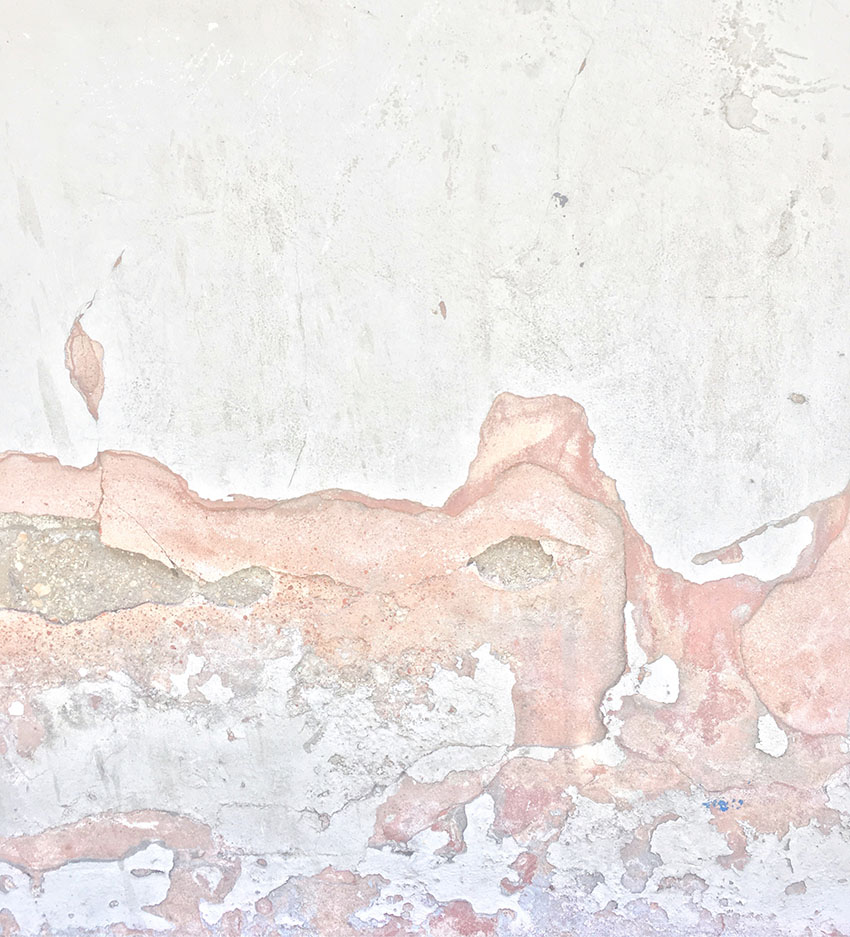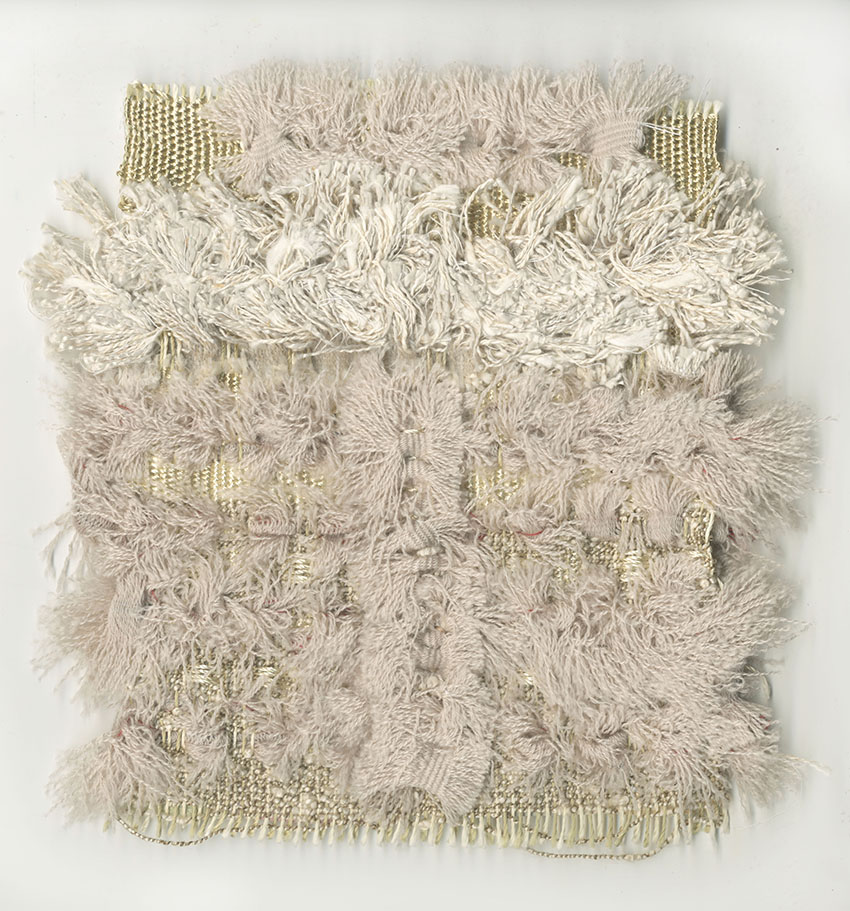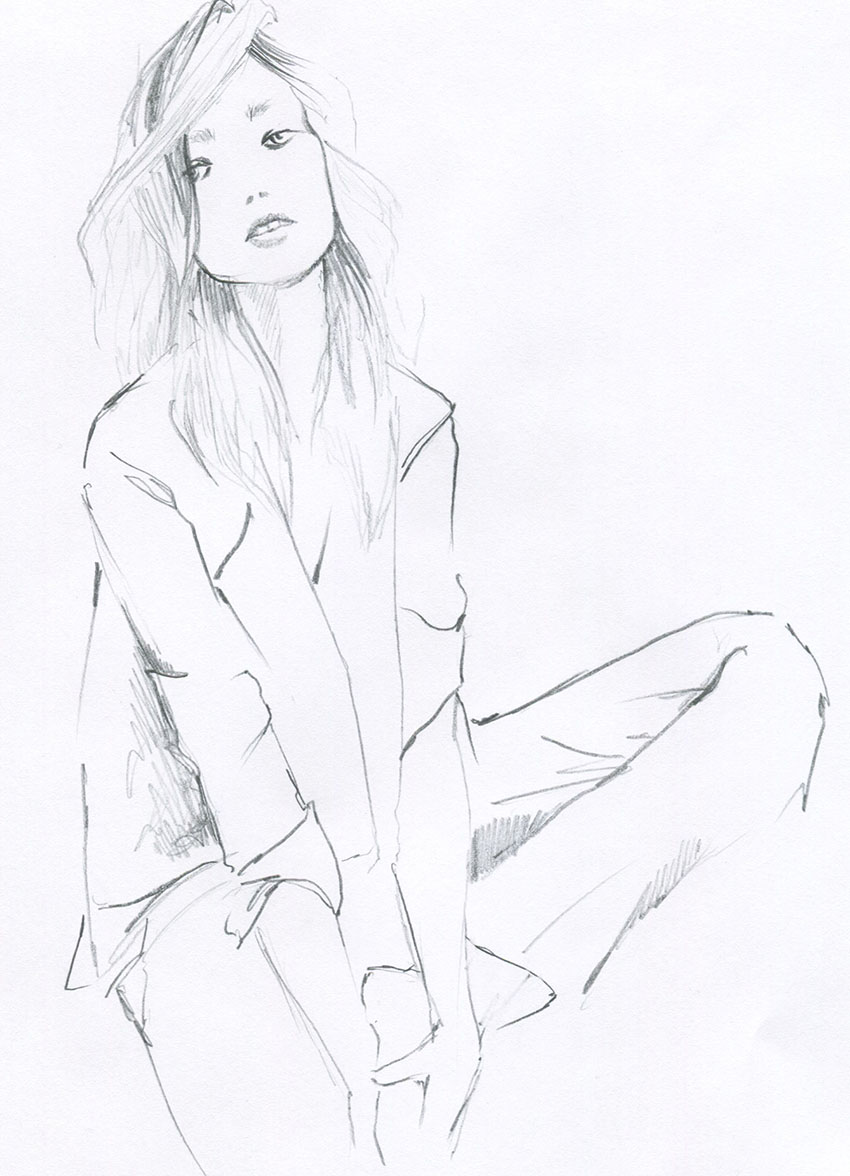One of the main reasons people decide to go full time as a solopreneur is for freedom and flexibility. Choosing when and where to work, traveling as they please, and yoga pants as acceptable work attire. Another wonderful thing about being an independent business owner is the ability we have to make our own business decisions. We can choose to make eco-friendly decisions for our businesses and to even help educate those we work with. To help you begin making more green decisions, we’ve listed out 10 simple ways to go green as a soloprenuer, below! We know everyone’s eco-living journey is unique, so these are just 10 easy options to begin switching your own methods little by little.
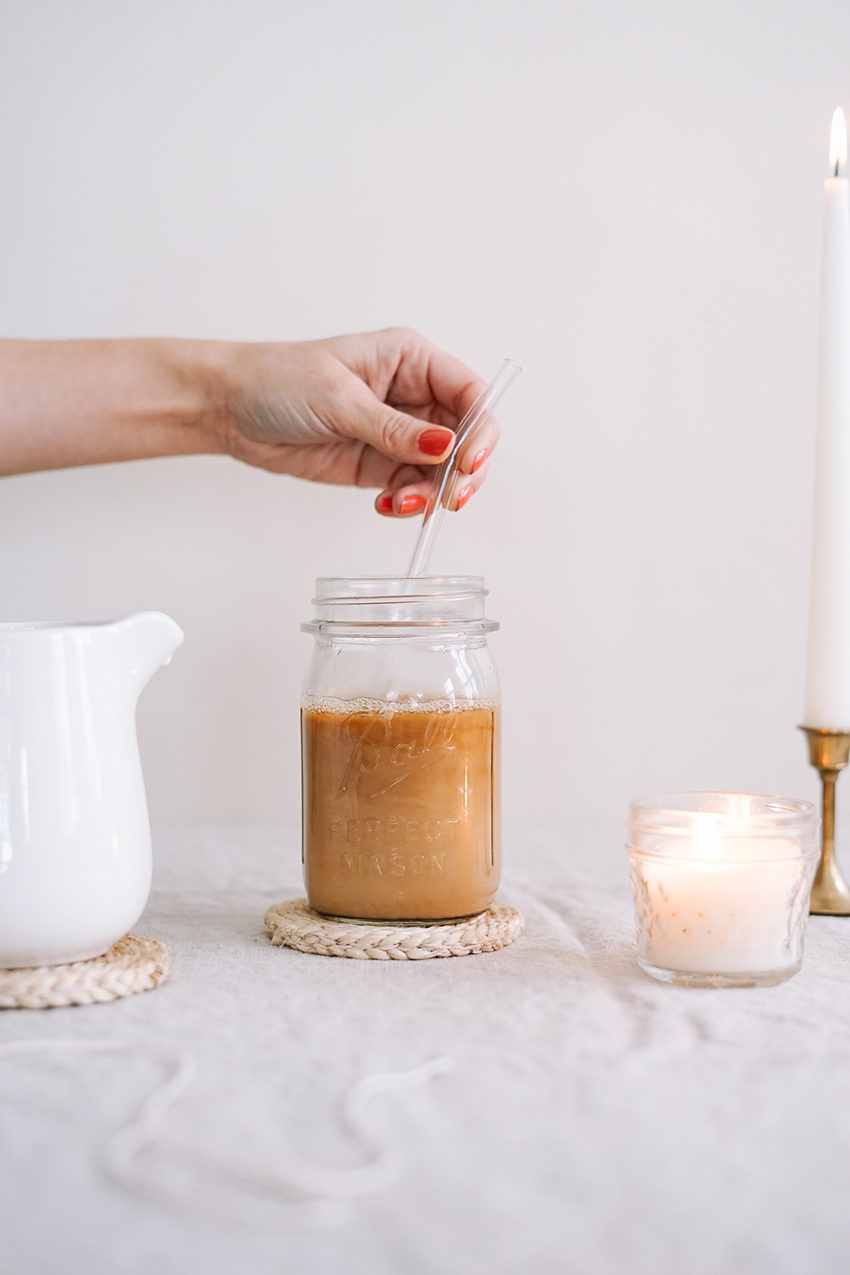
Ditch the Coffee Shop and DIY That Latte
No line, no pants, no waste, no problem. Avoid the wasteful cup, lid, and straw by whipping up your own delicious coffee or tea drinks at home. Not only will you skip out on some waste, but you’ll skip out on the bill too! I love to make my own cold brew at home by letting 1 cup of ground coffee and 4 cups of water sit together in the fridge overnight. Just strain the mixture using a fine mesh strainer and sip away!
Pro tip: Use those coffee grounds for a DIY energizing body scrub! Mix the leftover grounds with coconut oil to desired consistency and let the spa day begin.
Opt for Digital Mock-Ups Instead of Printing All the Things
If you’re a creative of any sort, this one’s for you. You’ve probably seen the gush-worthing photos other creatives share of their work printed on pages and all perfectly laid out. These looks are amazing, but they are also easily doable without printing all that unnecessary paper! Instead of printing your works for that one-and-done shoot, make your presentation photos in Photoshop.
Advertise Digitally
It’s 2019! If you aren’t already advertising digitally, get it together! Choose digital advertising methods instead of print ones. Instead of mailing postcards, build that email list. Instead of ads in the paper, put ads on your local news source’s website. It’s great to have a “paper trail” in your biz – unless it’s your advertising.
Source Locally and Choose Eco-Friendly
I know, I know. Some things just have to be printed. When you can support local businesses. When you can’t, choose eco-friendly choices. Because I’m on the move so much, I decided to get my own business cards printed with Moo. They offer business cards made from recycled cotton t-shirts! When working with clients, do some research and try to source locally for them too.
Psst: If you’ve never used Moo, here’s 25% off your first order!
Turn Off or Unplug Your Tech
When you’re done for the day, turn off or unplug your tech. If you’re not comfortable powering it off, just put it in sleep mode. You’ll conserve energy and save some money on that electric bill!
Donate to Eco-Friendly Organizations
Not only is donating to eco-friendly organizations just a pretty darn good thing to do, but it’s also rather marketable. Every time I book a design client, I donate to a non-profit that focuses on reforestation, and they plant 12 trees in areas affected by forest fires. My clients love knowing that their dollars are going somewhere great and that they’re directly helping in some way.
Opt for Green Web Hosting
Often times, web hosting companies will use renewable energy sources or purchase carbon offsets to help even out their energy use. A great example of this is DreamHost. DreamHost houses their servers in a facility which utilizes high-efficiency cooling that uses partially reclaimed water. They are also partner with state-level “clean wind” programs and only use electricity from renewable sources.
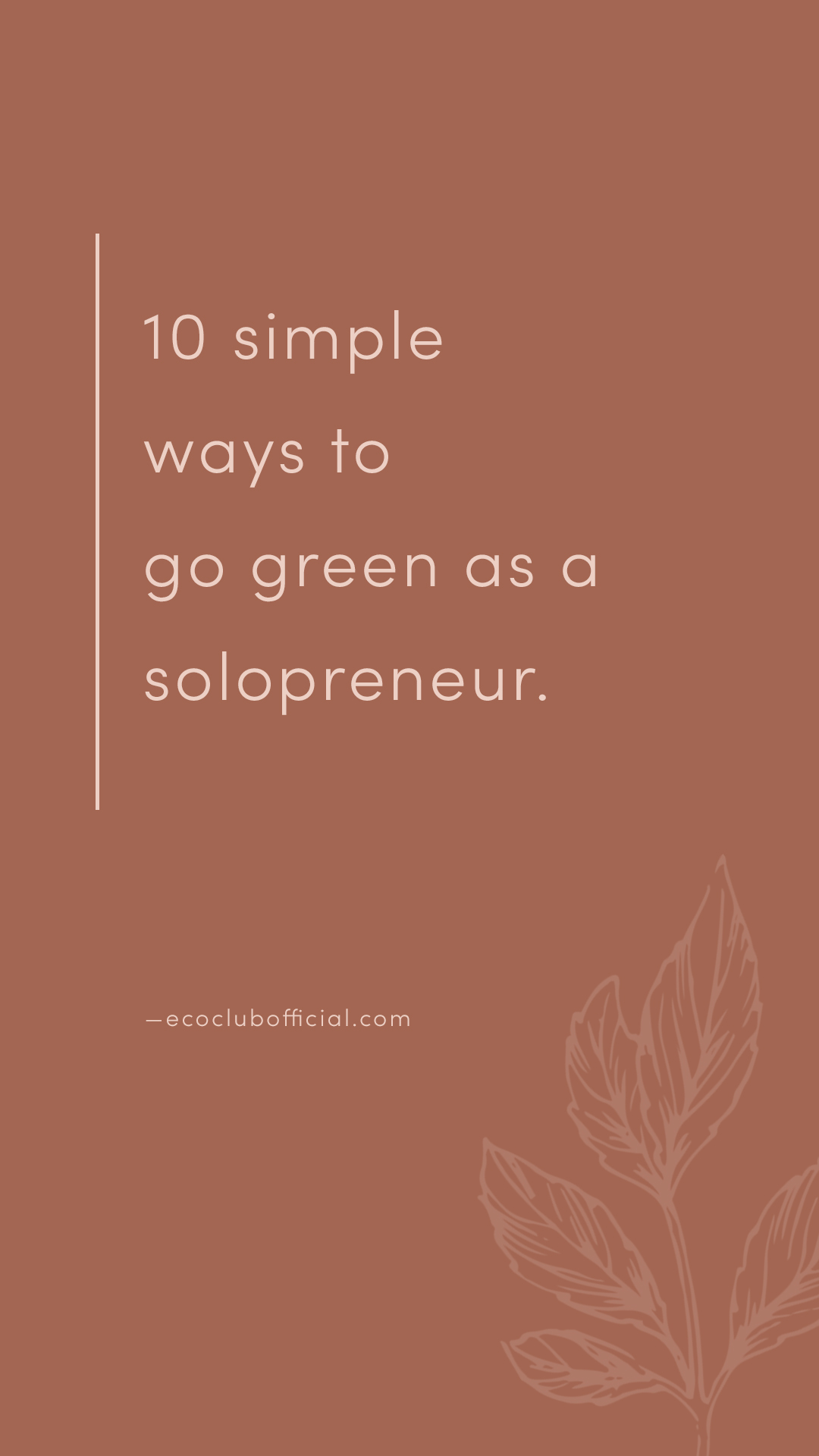
Reuse & Recycle
Now, this one doesn’t need much explanation! Reuse whenever possible and recycle as much as you can. Take notes on the back of printed papers you no longer need, reuse that plastic cup from lunch, and use double-sided printing when you can. Check with your local recycling center to see what they accept – you may be surprised! As someone who strives for a zero-waste lifestyle, I use mason jars for all the things. They’re great for storage, that DIY latte you whipped up earlier, overnight oats, or even for a little herb garden!
Revamp Your Workday Snackage
Buying package-free snacks in bulk help you to avoid a lot of excess food packaging that can’t be recycled! Instead of grabbing a bag of chips, stock up on healthy goodies like nuts, berries, seeds, and dried fruits in your local supermarket’s bulk section. This way, you have snacks that last you longer and are just better for you. That bag of convenient chips only takes a few minutes to grub, but the chip bag can take literal centuries to decompose.
Pro tip: If you bring your own containers, you can use tare on the store’s scale for the container’s weight and skip the plastic bag waste. (Hello again, mason jars!)
Digital Gifting
Client gifts are such a lovely way to let your clients know they’re appreciated and to make a memorable mark uniquely. Instead of sending the usual goodie box, opt for digital gifting. Gift boxes are beautiful, but there’s a lot of unknown variables – where were the products sourced from? Were they ethically made? What’s the shipping process? What’s the packaging situation? Personalized emails and thought out gift cards to your clients’ fav places show you care just as much as a mailed gift box would!
BONUS: Educate Yourself and Discover More Ways!
There are so many more ways you can make little green changes in your day to day that are individual to your needs! Take some time to educate yourself and discover those ways. Recyclebank is a fun educational website that teaches you all about recycling and rewards you as you learn. If you’re interested in learning more about the zero-waste lifestyle, check out Going Zero Waste.
Some of these options may take a bit to work into your business! If you’re unsure of where to start, pick one that resonates most with you and begin focusing on it! It all starts with habits. Making new habits is key to working your way to more eco-friendly living! Before you know it, you’ll be running a greener, more sustainable business.
Photo by Charity Hestead Kubena

